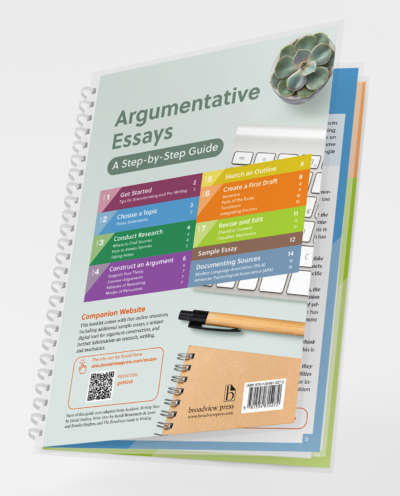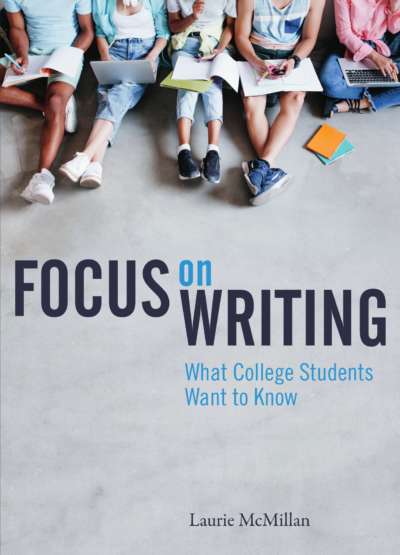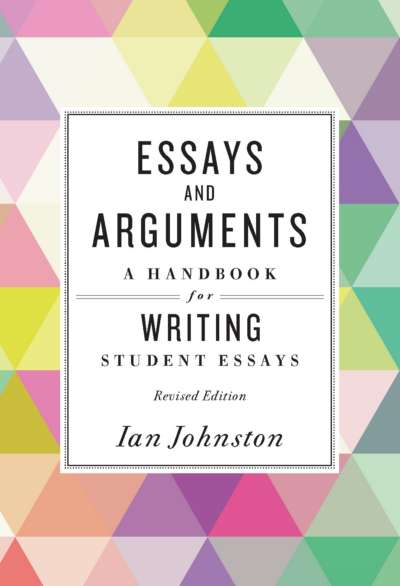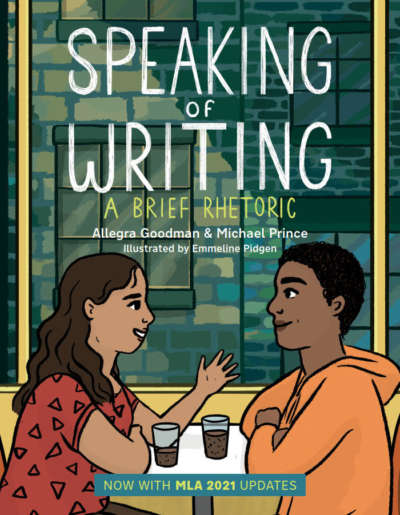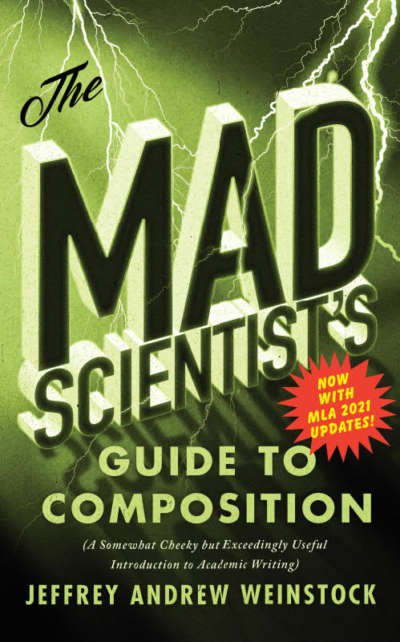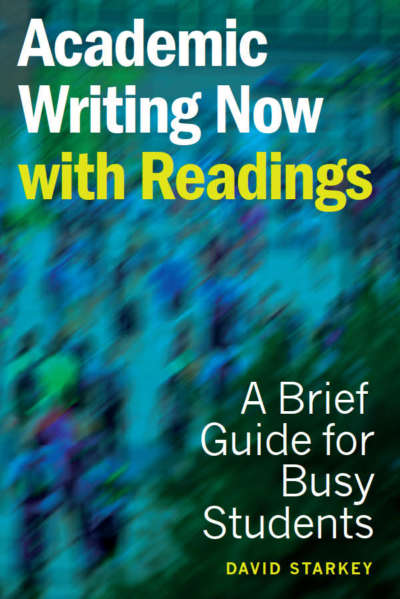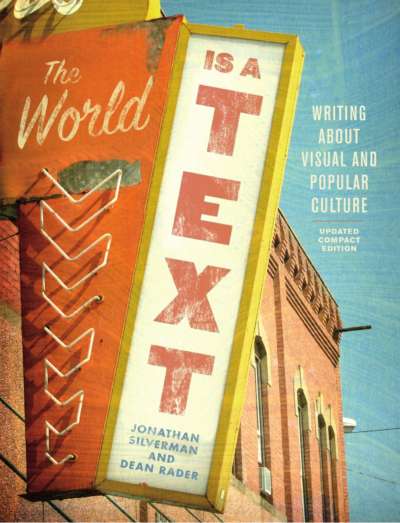Academic Writing Now: A Brief Guide for Busy Students is a rhetoric designed to cover the basics of a college writing course in a concise, student-friendly format. Anything inessential to the business of college writing has been excluded. Each chapter concentrates on a crucial element of composing an academic essay and is capable of being read in a single sitting. The book is loaded with “timesaver tips,” ideas for making the most of the student’s time, along with occasional warnings to avoid common errors made by student writers. Each short chapter concludes with questions and suggestions designed to reinforce the chapter’s key elements and facilitate small-group interactions and trigger class discussion.
The second edition has been updated throughout, with special attention to making the book even better suited to accelerated and co-requisite composition courses. MLA citation style has been updated to reflect 2021 changes, and a current APA citation guide is new to the second edition.
Comments
“Academic Writing Now: A Brief Guide for Busy Students is concise in its layout and instructions and comprehensive in its coverage of the necessary elements of college writing. By distilling the fundamentals of college writing into an accessible format, David Starkey expertly guides the student writer through realistic yet critical practice. This makes Academic Writing Now the most reliable resource for my students in both first- and second-semester composition.” — Clara Oropeza, Santa Barbara City College
“Starkey delivers clear, ordered advice in a voice so familiar and colloquial that anyone’s anxiety about this often rigid academic subject will start to calm. He moves seamlessly between examples ranging from everyday experience to the highest levels of great writing, and what I like best is that underneath it all he encourages students to keep creativity and poetic insight alive while they tackle the challenge of writing rigorous, scholarly papers.” — Richard Guzman, North Central College
“Starkey’s Academic Writing Now: A Brief Guide for Busy Students is a great resource for first-year writing students and faculty who want to move swiftly through essential concepts in order to get down to the brass tacks of the academic essay. Starkey not only invites student readers through conversation, efficiency, and practical wisdom but also targets key areas that writing instructors repeatedly discuss so that students can internalize writing as a process and begin to reflect upon their writing in a metacognitive way.” — Calley Hornbuckle, Columbia College



